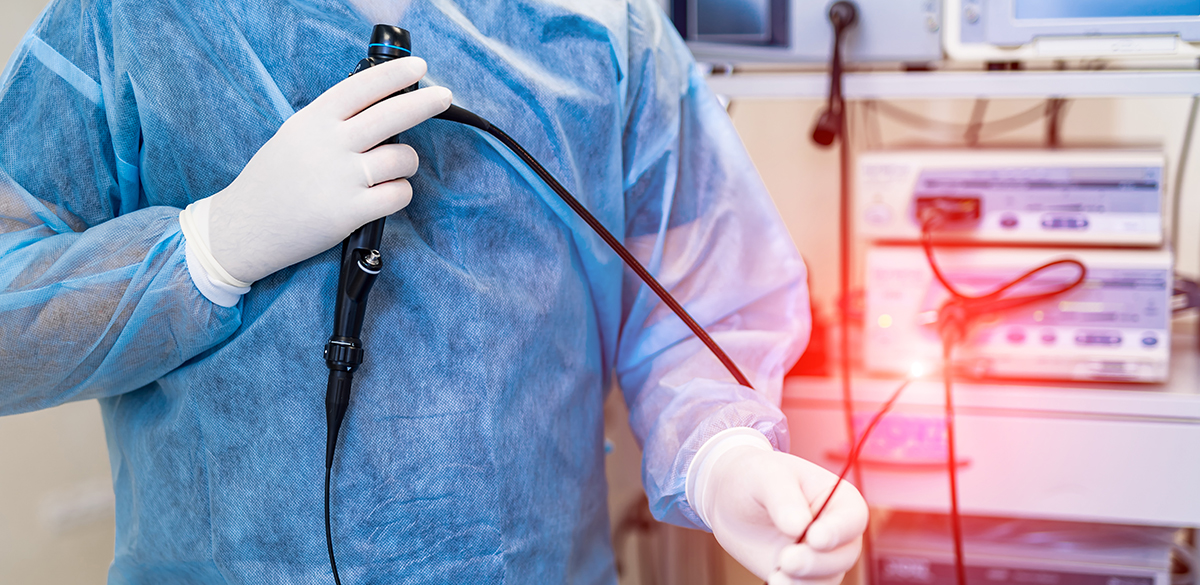Endoscopy Unit
An endoscopy is a technique used to examine of any part of the interior of the body through an optical viewing instrument. This can be through the mouth into the stomach (gastroscopy), through the anus into the large bowel (colonoscopy), or through the nose into the lungs (bronchoscopy).
- Gastroscopy
Gastroscopy refers to an examination of your upper gastrointestinal tract, including the oesophasgus, stomach, and upper part of the bowel, to confirm or rule out the presence of medical conditions such as stomach ulcers and gastritis.
- Colonoscopy
A colonoscopy is an examination of the inside of your large intestine (colon). It’s helpful for diagnosing gastrointestinal diseases, such as inflammatory bowel disease and colon cancer. It can also help treat and prevent colon cancer. Healthcare providers recommend routine colonoscopies for middle-aged and older adults to screen for cancer.
- ERCP
Endoscopic retrograde cholangiopancreatography, or ERCP, is a procedure to diagnose and treat problems in the liver, gallbladder, bile ducts, and pancreas. It combines X-ray and the use of an endoscope—a long, flexible, lighted tube. Your healthcare provider guides the scope through your mouth and throat, then down the esophagus, stomach, and the first part of the small intestine (duodenum). Your healthcare provider can view the inside of these organs and check for problems. Next, he or she will pass a tube through the scope and inject a dye. This highlights the organs on X-ray.
- Bronchoscopy
Bronchoscopy is an endoscopic technique of visualizing the inside of the airways for diagnostic and therapeutic purposes. An instrument is inserted into the airways, usually through the nose or mouth, or occasionally through a tracheostomy
- Broncho alveolar lavage (BAL)
Is a common and relatively safe diagnostic procedure for the evaluation of pediatric patients with lung disease, It often provides valuable diagnostic information when clinical history, physical exam, routine laboratory testing, pulmonary function testing and radiographic imaging are insufficient to reach a definitive diagnosis. Compared to sputum analysis, BAL allows for targeted sampling of the lower respiratory tract with less microbial contamination from the upper aero digestive tract.
BAL is often performed to obtain respiratory samples in suspected infections for microbiologic culture and analysis when patients are unable to expectorate sputum even after attempt at sputum induction. However, after the initiation of antibiotics, even BAL loses sensitivity for many bacterial pathogens and becomes insensitive for fastidious microbes
The lavage fluid can be evaluated with a variety of analytical tests including cell counts and differential, cytopathology analysis, and cultures in addition to specific molecular and immunologic diagnostic tests.

